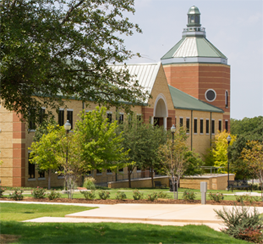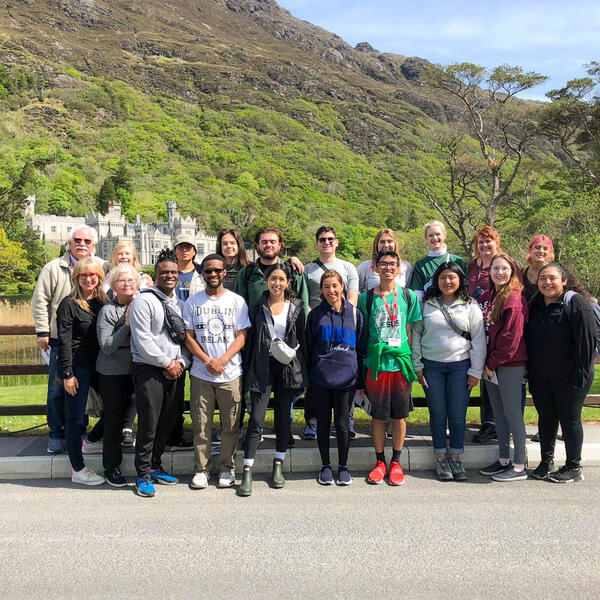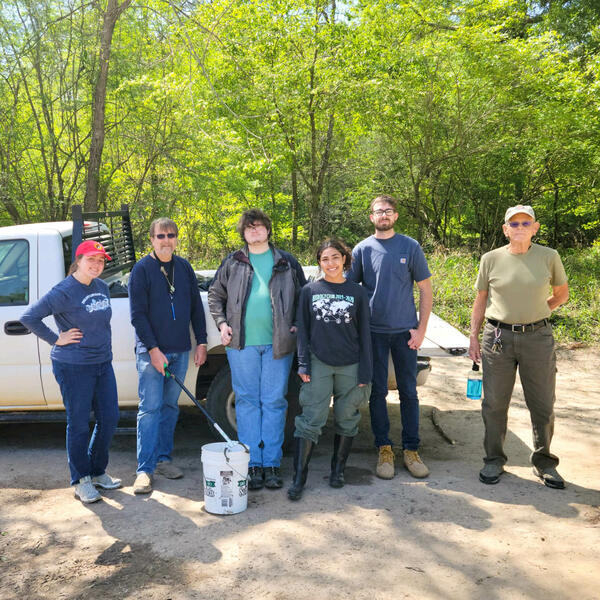Frivolous Fads or Wholesome Wellness
Frivolous Fads or Wholesome Wellness
If you live long enough, you see fads come and go. As a child, I enjoyed getting my dad’s newspaper, turning to the comic section, opening my egg-shaped container of Silly Putty, pressing the putty against one of the comic characters, then with glee, enjoyed stretching the characters. As a teenager, I wore bellbottom pants, leisure suits, and patent leather platform shoes and thought I was styling. Since then I have seen things like the Walkman and Polly Pockets come and go. Fads can border on the crazy, like, gulping goldfish, flagpole sitting, and streaking. Though frivolous fads can sometimes be fun and playful, they soon become a thing of the past.
Since moving to Texas in 2014, I have observed our faculty and staff focusing on something that is much more worthwhile than a passing fad; there has been a focus on whole-person wellness. Regionally accredited colleges and universities like ours have a 10-year Quality Enhancement Plan (QEP) that focuses on a particular topic. Some universities have focused on critical thinking, experiential learning, or communication skills. In 2016, Southwestern Adventist University adopted whole-person wellness as their topic. One might ask why a university would want to focus on wellness. The answer is simple.
The university years provide an opportunity to influence healthy choices and promote whole-person wellness among students. If students are well and they take care of themselves, they will do better academically. The University embraced a whole-person wellness program called CREATION Health; it focuses on eight elements of health: Choice, Rest, Environment, Activity, Trust, Interpersonal relationships, Outlook, and Nutrition.
Southwestern Adventist University jumpstarted the program with a new required course designed to demonstrate an understanding of whole-person wellness principles and to help students apply these new principles to their daily lives. Other initiatives followed. To encourage proper rest, campus buildings/activities closed earlier. To support better nutrition, the cafeteria moved the salad bar to the main serving line, increased use of local/organic produce and infused water, offered fewer dessert options, and added table-top wellness information. To improve interpersonal relationships and outlook on life, residence hall deans and the Spiritual Life and Development Office work hand-in-hand. To encourage more activity, a faculty/staff exercise group was established, and increased outings to places like Cleburne State Park were offered to our students. New ideas to promote wellness on campus will be implemented throughout the 10-year QEP timeframe.
As a result, positive differences were seen in the health of our students. With these results and through a grant from the Ardmore Institute of Health, our nursing department crafted a Wellness Counts program to benefit our community. They partnered with the county extension agent to implement a “Learn Grow Eat Go” program in two schools, Keene Elementary School and Keene Adventist Elementary School. Approximately 50 elementary school students participated with an interactive curriculum that included planting a small garden with young vegetable plants, learning about whole food plant-based nutrition, being more involved with physical activity and gardening. It was rewarding to see positive changes in the students’ nutritional habits. It was fun for University students and faculty to see the smiling faces and hear the laughter of students during the interactive education sessions. Some students realized that broccoli could actually taste good.
The University also reached out to the Cleburne and Keene communities with two Full Plate Living Wellness Challenge Seminars. Over 80 people participated in these seminars designed to encourage lifestyle adjustments that will improve their health. Once again positive statistically significant results were realized in weight and body mass index improvement, lowered A1c, and systolic blood pressure readings. Attendees listened to helpful presentations on a variety of wellness topics, enjoyed the nutritional meals, and participated in short physical activity sessions. Small group discussions took place that were designed to help individuals consider what was learned and then to implement the principles into their own lives. University nursing students were involved in data collection and led out in the group discussions. Through this involvement, University students learned to appreciate the benefits of helping others improve their health as well as recognize their need to take better care of themselves.
Frivolous fads or wholesome wellness? Do we desire something that is here today and gone tomorrow, or do we focus on lifestyle changes that can improve every aspect of who we are? I am thankful for a University who has invested time and money in caring for the whole person wellness of our students, staff, faculty, and our community. Wellness is not a fad; it is a way of life!






